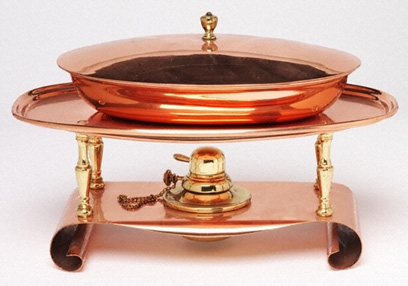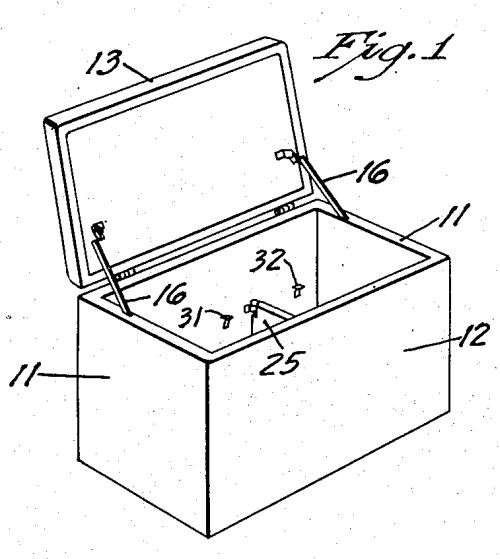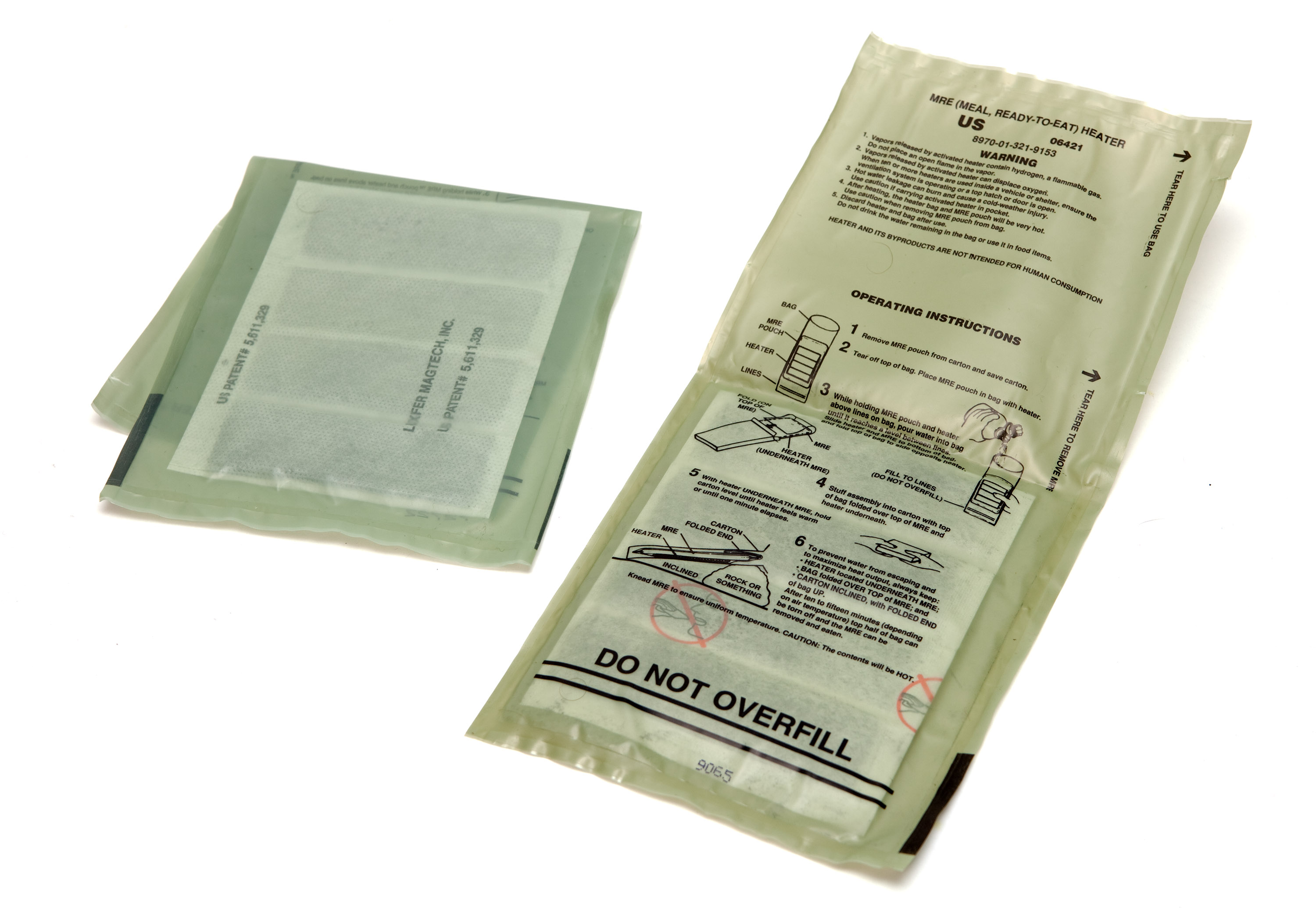|
Food Warmer
A food warmer is typically a table-top device used to maintain the serving temperature of prepared food. It is used both in homes and restaurants. Home use When used domestically, such as with fondue, a food warmer may simply be a small vessel containing food upon a trivet which contains a heat source such as a flame or electric element. Some food cookers can then, in essence, become food warmers as they use a reduced heat to maintain a serving temperature. Electric rice cookers do this automatically. A multicooker is an electric kitchen appliance for automated cooking using a timer. In addition to cooking programs, a multicooker may have functions to keep food warm. Some electric-powered personal-sized food coolers have a setting that serves to warm food inside of the cooler. These are typically marketed as cooler/warmers. Commercial use Commercial food warmers are used in restaurants as well as outdoor food carts. In restaurants and hotels they may operate the same way, but o ... [...More Info...] [...Related Items...] OR: [Wikipedia] [Google] [Baidu] |
Fondue
Fondue (, , ) is a Swiss melted cheese dish served in a communal pot ( ''caquelon'' or fondue pot) over a portable stove () heated with a candle or spirit lamp, and eaten by dipping bread into the cheese using long-stemmed forks. It was promoted as a Swiss national dish by the Swiss Cheese Union (Schweizerische Käseunion) in the 1930s, and was popularized in North America in the 1960s. Since the 1950s, the term "fondue" has been generalized to other dishes in which a food is dipped into a communal pot of liquid kept hot in a fondue pot: chocolate fondue, ''fondue au chocolat'', in which pieces of fruit or pastry are dipped into a melted chocolate mixture, and ''fondue bourguignonne'', in which pieces of meat are cooked in hot oil or broth. Etymology The word ''fondue'' is the feminine passive past participle of the French verb 'to melt' used as a noun. It is first attested in French in 1735, in Vincent La Chapelle's ''Cuisinier moderne'',Vincent la Chapelle, ''Le cuisinier ... [...More Info...] [...Related Items...] OR: [Wikipedia] [Google] [Baidu] |
Trivet
A trivet is an object placed between a serving dish or bowl, and a dining table, usually to protect the table from heat damage. Whilst tri- means three, and -vet comes from -ped, meaning 'foot' / 'feet', trivets often have four 'feet', and some trivets, including many wooden trivets, have no 'feet' at all. ''Trivet'' also refers to a tripod used to elevate pots from the coals of an open fire (the word ''trivet'' itself ultimately comes from Latin ''tripes'' meaning "tripod"). Metal trivets are often tripod-like structures with three legs to support the trivet horizontally to hold the dish or pot above the table surface. These are often included with modern non-electric pressure cookers. A trivet may often contain a receptacle for a candle that can be lit to keep food warm. A three-legged design can reduce wobbling on uneven surfaces. Modern trivets are made from metal, wood, ceramic A ceramic is any of the various hard, brittle, heat-resistant and corrosion-resist ... [...More Info...] [...Related Items...] OR: [Wikipedia] [Google] [Baidu] |
Multicooker
A multicooker (also written "multi cooker") is an electric kitchen appliance for automated cooking using a timer. A typical multicooker is able to boil, simmer, bake, fry, deep fry, grill roast, stew, steam and brown food. The device is operated by placing ingredients inside, selecting the corresponding program, and leaving the multicooker to cook according to the program, typically without any need for further user intervention. Some multicookers have an adjustable thermostat. In addition to cooking programs, a multicooker may have functions to keep food warm, reheat it or to cook it at a later time. Some multicookers can also function as slow cookers. History In the 1920s in the United Kingdom, basic "multicookers" were marketed to consumers as an appliance that would save on gas consumption, to save money on gas bills. Simple electric rice cookers were developed in Japan in the 1950s. Over time more functions were added to cook other types of grains and soups, and ... [...More Info...] [...Related Items...] OR: [Wikipedia] [Google] [Baidu] |
Cooler
A cooler, portable ice chest, ice box, cool box, chilly bin (in New Zealand), or esky ( Australia) is an insulated box used to keep food or drink cool. Ice cubes are most commonly placed in it to help the contents inside stay cool. Ice packs are sometimes used, as they either contain the melting water inside, or have a gel sealed inside that stays cold longer than plain ice (absorbing heat as it changes phase). Coolers are often taken on picnics, and on vacation or holiday. Where summers are hot, they may also be used just for getting cold groceries home from the store, such as keeping ice cream from melting in a hot automobile. Even without adding ice, this can be helpful, particularly if the trip home will be lengthy. Some coolers have built-in cupholders in the lid. They are usually made with interior and exterior shells of plastic, with a hard foam in between. They come in sizes from small personal ones to large family ones with wheels. Disposable ones are made solely ... [...More Info...] [...Related Items...] OR: [Wikipedia] [Google] [Baidu] |
Sterno
Sterno is a brand of jellied, denatured alcohol sold in a can and meant to be burned directly in its can. Its primary uses are in food service for buffet heating, in the home for fondue, and as a chafing fuel for heating chafing dishes. Other uses are for portable stoves and as an emergency heat source. It is also a popular fuel for use with toy and model steam and other external combustion engines. History The Sterno brand and trademark is owned by Sterno Products, a portfolio company of Westar Capital LLC, based in Corona, California. The brand was purchased from Blyth, Inc. in late 2012. Blyth had acquired the business from Colgate-Palmolive in 1997. The name comes from that of the original manufacturer, S. Sternau & Co. of Brooklyn, New York, a maker of chafing dishes, coffee percolators and other similar appliances since 1893. It had previously applied the name to its "Sterno-Inferno" alcohol burner. In 1918, it promoted its Sterno Stove as being a perfect gift for ... [...More Info...] [...Related Items...] OR: [Wikipedia] [Google] [Baidu] |
Flameless Ration Heater A flameless ration heater (FRH) is a form of self-heating food packaging included in U.S. military Meal, Ready-to-Eat (MRE) rations (since the early 1990s) or similar rations, capable of raising the temperature of an entrée (main course) by in twelve minutes, which has no visible flame. The ration heater contains finely powdered magnesium metal, alloyed with a small amount of iron and table salt. To activate the reaction, a small amount of water is added, and the boiling point of water is quickly reached as the exothermic reaction proceeds. Chemical reaction Ration heaters generate heat in an electron-transfer process called an oxidation-reduction reaction. Water oxidizes magnesium metal, according to the following chemical reaction: : Mg + 2H2O → Mg(OH)2 + H2 heat (q) This |




